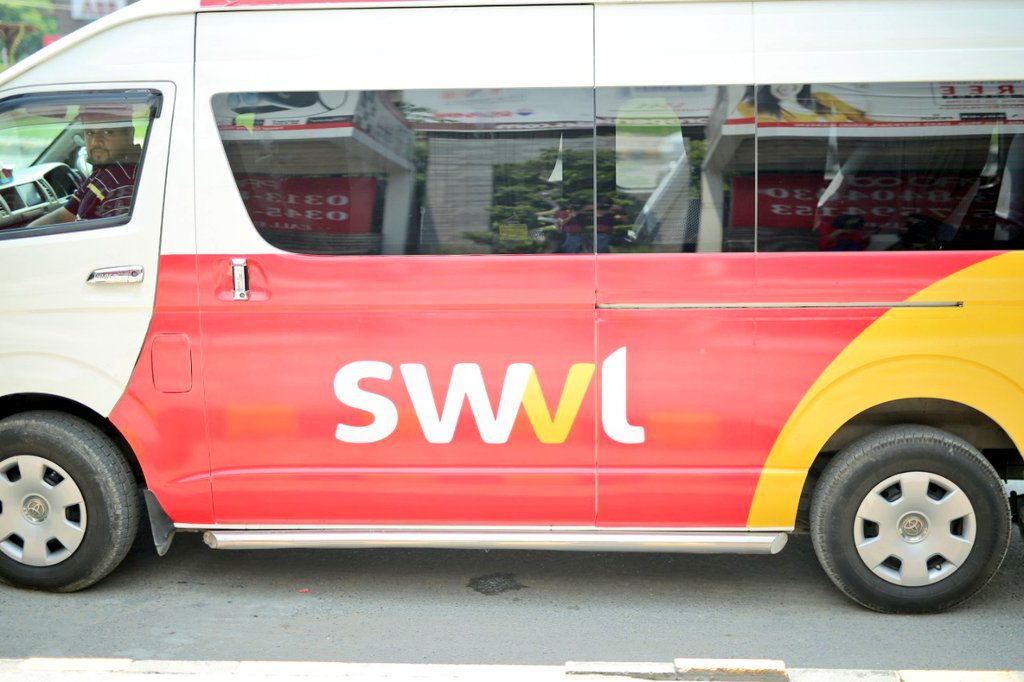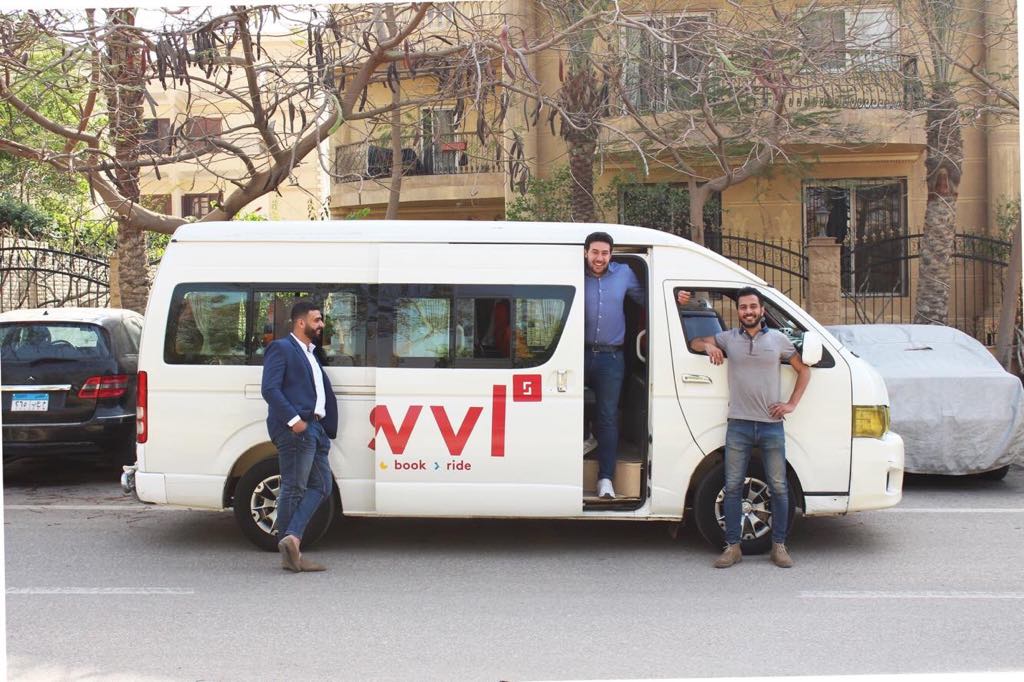
I can use the same metaphor to highlight what SWVL, the Cairo-headquartered e-bus app did to its loyal customer base. The company brought its service to Kenya more than 12 months ago. An official launch was done in mid-2019 to a positive reception because the app’s propositions were actually appealing.
For the better part of the last half of 2019, SWVL managed to onboard many driver-partners also referred to as captains. The development was accompanied by an equally overwhelming number of riders, mainly because base fares were discounted. SWVL would send a promotional code on a Sunday evening, and earlier ones were would make a trip cost as little as KES 35 or so.
That was not all: customers were also served with free rides on Thursdays for the same arrangement, and those codes would flow over to the following week for groups that wanted to maximize free trips.
SWVL gave promo codes for too long
It is worth noting that these codes (not a customer’s right) were served for the better part of 2019. Select customers also received them in January 2020, although they were not as affordable as earlier ones.
Not to complain, but this was the first time Nairobians experienced an e-bus service, and one that dished out discounted or free rides for such a long time. In the end, SWVL, through no fault of its own, made us get used to the codes. Anytime the company delayed distributing them, users would hit the company’s social media pages demanding for an incentive that SWVL could take away if it wanted.
Hey swvl which promo code is that because I haven’t received any this week too 😢 https://t.co/u3ZbHhvJRL
— cecimercy (@C_cecimiah) February 3, 2020
In other words, and going back to the metaphor above, we got used to free things and did not allow ourselves to understand that these bus fare cuts were temporary.
I was always wondering when SWVL was going to pull the plug on the codes, and my guess was February, which is quite accurate because this time around, all customers were not served with any.
Yoh. Mmepata promocode ya Swvl?
— Gadgets Africa (@gadgetsafrica) February 3, 2020
https://twitter.com/bryoshavin/status/1224242414094815233
And buses were empty in the morning.
What was the danger of relying on promo codes? To me, the long-term survival of the company in the Nairobi space supersedes what customers would refer to as ‘friendly’ because SWVL is a business in the first place, and it launched here to make money.
Swvl refusing with a promo code when I put 600 bob credit is so flattering. 🙄
— ^_^ (@Bobo_Samantha) February 3, 2020
SWVL is expensive
However, my unbiased predisposition that SWVL is a business first, having dedicated KES 1.5 billion for Kenya operations may be at odds with what people want: affordable rides. Very few riders are going to be objective about this dawn because paying KES 200 for trips around the city and other environs that the buses serve is steep for the majority of customers, including yours truly.
Furthermore, I can neither be constrained by the realization that I will be jumping in and out of chaotic matatus, nor can I ignore the fact that I will miss the service terribly unless the codes are back or the base fare is revised to under KES 150.
I will just pay that 200 bob because there is no way I am going to town. SWVL won.
— Kerubo (@slyrie) February 3, 2020
Admittedly, getting used to an organized form of public transport, and one that came with free rides was a bad idea because most of us are finding it hard to move on. We shouldn’t have, but the Kenyan blood coursing in our veins is accustomed to free things.
Meanwhile, we need to be honest about the future of SWVL and ponder at what may be coming to us. To begin with, a lot of people will go back to traditional forms of transport that are cheaper. SWVL may see a mass exodus from its app, but it has probably anticipated this because it’s now widely available in the city to net more riders, works on weekends and can even ship riders to other towns such as Meru and Nakuru.
Bottom line
Nevertheless, there is a fine line in terms of how this approach will be conveyed to customers and potential riders in an effort to retain them.
On one hand, I want to caution SWVL about the illusion that Nairobi is huge and that it will have enough riders to keep it afloat (in its defense, SWVL is said to be targeting people with cars so they would leave them at home and save fuel money and parking fees).
Swvl haven't sent an app alert. I've been awake for just over 2 hours. Is everything okay over there?
— permanent irrefutable public user (@echenze) February 3, 2020
At the very least, I want not to view SWVL with the same lenses I use for taxi apps because the market has not been forgiving for them too.
On the other hand, I am hopeful that SWVL is crafting a solution that will see it achieve a middle ground with riders as it searches for a sustained experience.


























